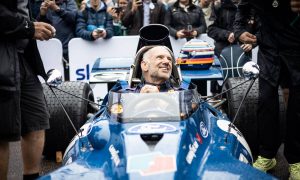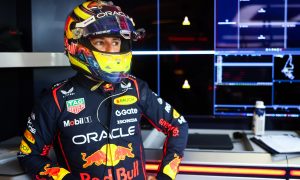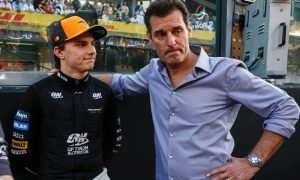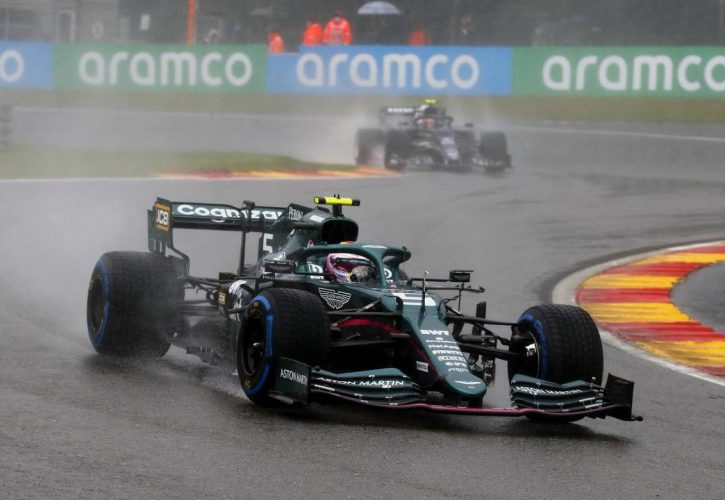
Sebastian Vettel believes that F1's "appetite for risk" has not waned over the years, but downforce levels and tyres have hampered the ability of current cars to race in the wet.
Last weekend's Belgium Grand Prix at Spa-Francorchamps was undermined by the elements, with the field only able to achieve a handful of laps behind the safety car before conditions were deemed too dangerous by the drivers and the proceedings were permanently halted.
After Spa's botched round, there were inevitable comparisons with past events in F1 that had run their course despite poor weather, with suggestions that F1 had simply become too cautious and risk adverse.
One such race was the 2007 Japanese Grand Prix at Fuji, where drivers circulated for 19 laps behind the safety before the field was finally unleashed and the race unfolded until its conclusion.
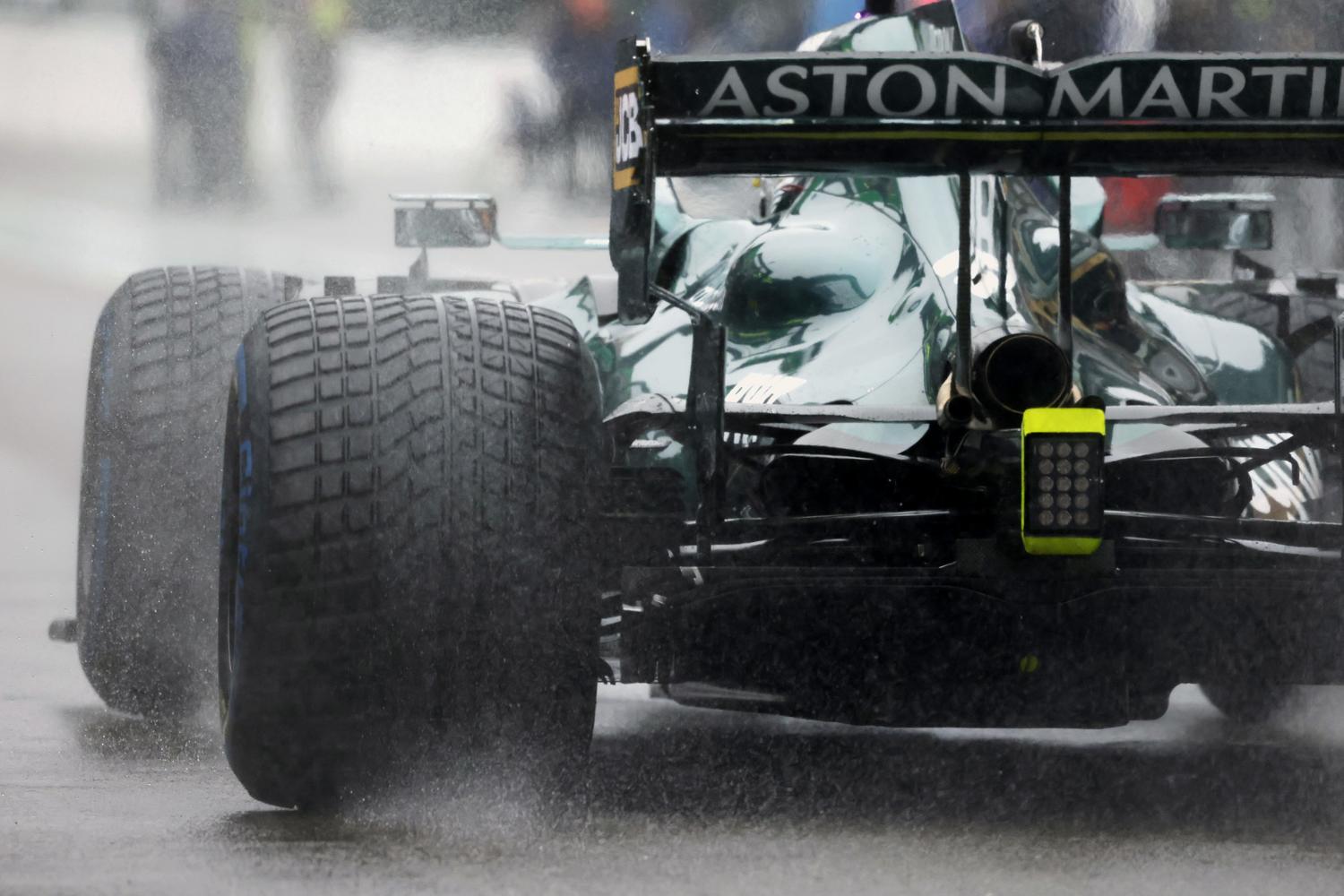
©AstonMartin
But Vettel doesn't believe that F1 or drivers have become too obsessed with safety, rather suggesting that current downforce levels are generating more spray in the wet conditions, which in turn dramatically impacts visibility which was the main reason for the FIA's decision at Spa not to proceed with the race.
"I think the appetite for risk is the same as it was back then," said Vettel, speaking in Zandvoort ahead of this weekend's Dutch Grand Prix. "I think we're happy to race providing it's safe.
"I think the cars have changed. I think there's significantly more ground effect with the cars that we have now, and more downforce. We seem to suck more water off the ground.
"And then the tyres have changed as well. I think the extreme wet tyres that we had, I remember those days made it easier for us to race in very, very wet conditions with a lot of water on the track."
Alpine's Fernando Alonso agreed with Vettel's view but emphasized the very different characteristics of today's wet weather tyres supplied by Pirelli.
"Tyres is the biggest thing that changed over the years," said the Spaniard.
"I think the cars, for whatever reason, or the new aerodynamic rules, they have more spray when you are running behind people, and our tyres are wider now than what they were in 2007.
"Probably the extreme tyres were a little bit stronger back then. Maybe the size of the tyre was helping for the aquaplaning.
"Plus there is the nature of the circuit. I think Spa being at that high speed, with these long straights, the spray was holding there for a long time.
"So I think the conditions were not suitable to race. It was [only] a matter of time that a big accident could happen. And I think the FIA wanted to avoid that. That was the right call.
"Giving the points, this is a different thing. I totally disagree with that. But the conditions to not race, I totally agree."
Gallery: The beautiful wives and girlfriends of F1 drivers
Keep up to date with all the F1 news via Facebook and Twitter




